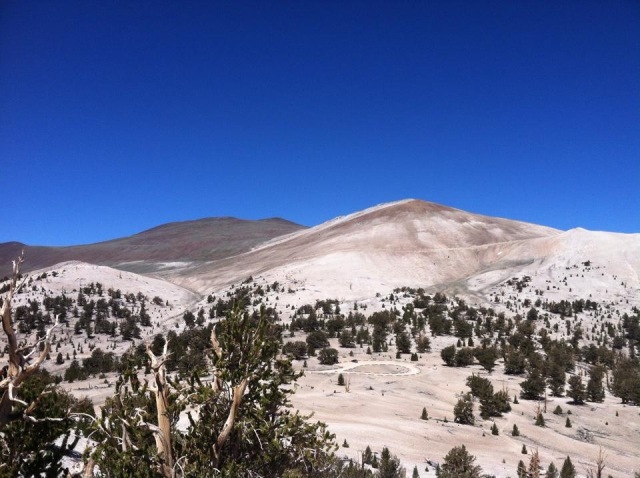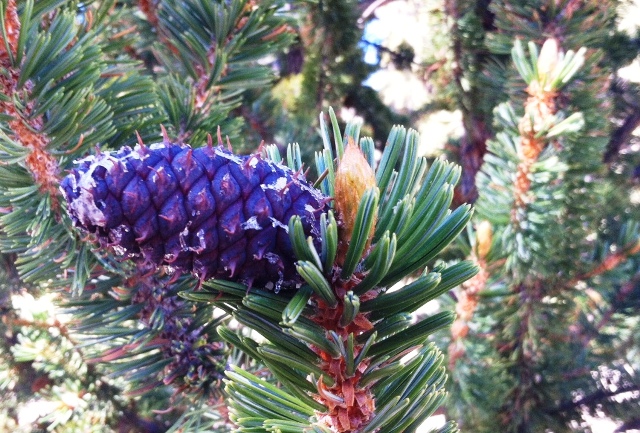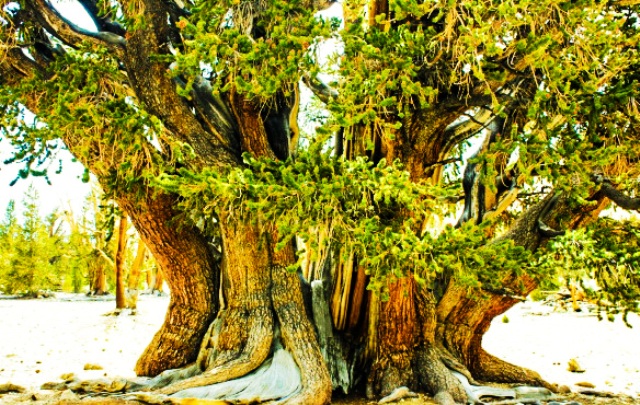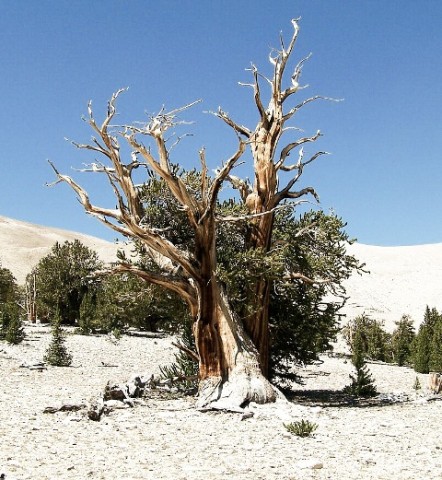I’m delighted to introduce Chris Woods as a Guest Contributor for Gardening Gone Wild. I’ve known Chris for over 25 years- from when he was the head gardener at an estate in the suburbs of Philadelphia called Chanticleer. For those of you who don’t know, Chris led the transformation of Chanticleer, where he spent 20 years, from a private garden to one of our country’s most outstanding public gardens. Although he describes himself as “a horticultural gadabout now living in California and an advisor to the Flora of North America Project’ , he is also an extraordinarily talented individual who has made immense contributions, beyond Chanticleer, to public and botanical gardens throughout the world. Fran Sorin
Recently, Fran Sorin asked me for a list of what I thought were the great gardens of the world. I limited myself to public gardens although I am not sure that most qualify as great gardens. I wrote my list and sent it to her but this made me think about what constitutes a great garden and how my view of gardens has changed over the years. I have been a professional gardener for most of my life and spent twenty years on one garden in particular. When I return to visit it, I have a jaundiced view, partly because of memory but mostly because I live in a different world with a different natural environment that has changed the way I see things and changed what attracts me. Some gardens have just too many plants.
I live in California, close to San Francisco, closer still to San Pablo Bay. Despite being a bit dry, it is a lush environment for plants and gardens. If you can put water on it, it will grow and if you can’t, it will still grow. But in the dry hills, valleys and mountains of California there is a seemingly infinite variety of gardens. All have been altered by humans but those that appeal to me most are those that haven’t been created by humans.
To celebrate a recent birthday, I went to the Ancient Bristlecone Pine Forest in the White Mountains on the border of California and Nevada. It was a pilgrimage of sorts albeit an easy five hour drive from my house. I hesitate to use the word sacred as that conjures up a number of things that I find distracting but there was something of a ritualistic tone to my visit. I went as a supplicant, an eco-tourist (or ego-tourist), visiting a place of power and wonder.
The White Mountains and the Sierra Nevada are the Taj Mahal, the Beethoven’s Ninth, the Eric Clapton, of geology and botany. The White Mountains are separated from the Sierra Nevada by the Owens Valley. They are high and dry and from 9,200 feet to 11,500 feet are the home of the Great Basin Bristlecone Pine (Pinus longaeva). They are, until someone finds something else, the oldest living things on earth. One specimen, carefully guarded from human maliciousness, is over 5,000 years old. It is the oldest tree in North America and the oldest individual tree in the world.
Early in the morning, my traveling companion and I left Bishop, CA and drove an hour through sagebrush then Pinon Pine and Utah Juniper to the Ancient Bristlecone Pine Forest Visitor’s Center. Not even Smokey the Bear gets up as early as we do, so we had the place to ourselves. It is a quiet place with a large open forest of pines. It is breathtakingly beautiful. Breath is taken at 10,000 feet.
The visitor center is a fine place to understand the natural history of the Bristlecone Pine. Beyond the center is the Schulman Grove, an easily accessible temple of trees containing the oldest and unmarked tree. This area in itself is worth the journey but it is the Patriarch Grove that offers the most dramatic landscape, the largest tree and the greatest experience. It’s an hour’s car ride over a gravelly road to the Patriach Grove but on the way is a range of experiences, an overture to what’s ahead. The road curves and climbs with views of the dolomitic crown of White Mountain Peak and to the south, the beginning of Death Valley.
The Bristlecone Pines appears around a bend. Gnarled and twisted, dark green contrasting with white rock. Green, cinnamon brown, gray and white, these are the colors of this “garden”. It’s very quiet up here. Wind blows constantly and in summer it is hot. One feels, one must feel respectful. It is a place of great presence.
There’s a small turn around, parking lot and even a restroom. Small accommodations for humans. Just yards from the parking is a stone in front of a huge tree, the largest of the pines to be discovered. In fact it is a cluster of seven or so trees winding around each other in a form of arboricultural copulation. I felt the need to kneel before it, to prostrate myself as I would before an ancient religious statue.
The pines were pushed back by the last ice-age but recovered and colonized in their slow and steady way. What is profoundly interesting is that there are young pines climbing the mountain. In the past fifty years, the winters have been milder, enabling the pines to expand their post glacial population. If you doubt climate change, take a close look at what has happened in one of the extreme environments in North America.
There is great beauty in this sparse arrangement of tree and rock. As gardens should, the place elevates the human mind beyond self-obsessive thought. It is a good place to die and an even better place to live. And when the seriousness of the place threatens to overwhelm, there are skippers feeding at the tiny ephemeral spring flowers. The heart becomes glad. This person becomes grateful.




